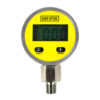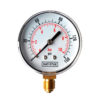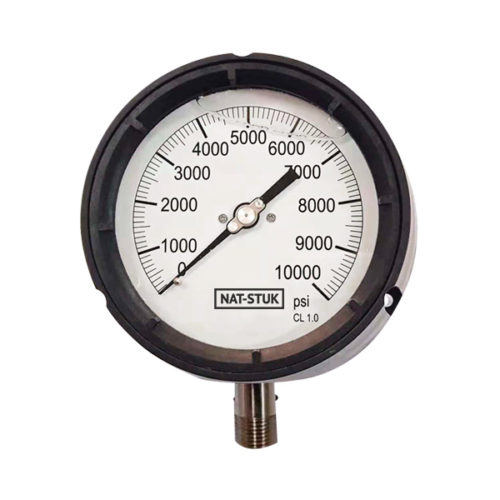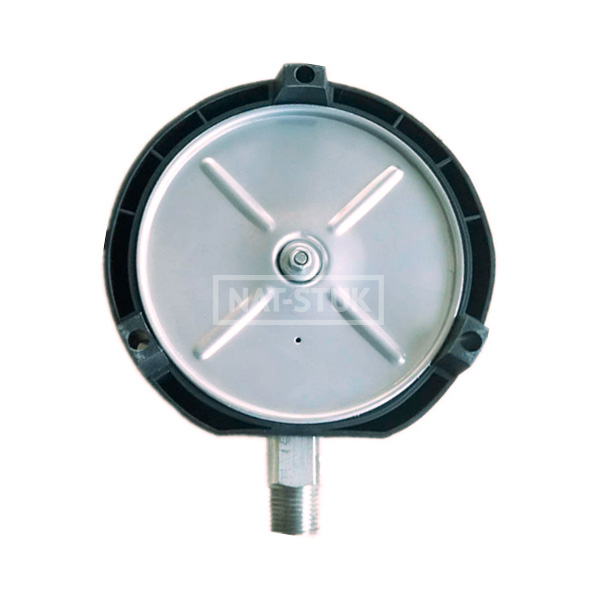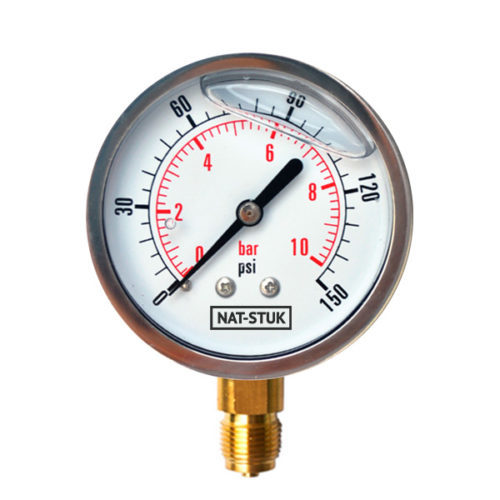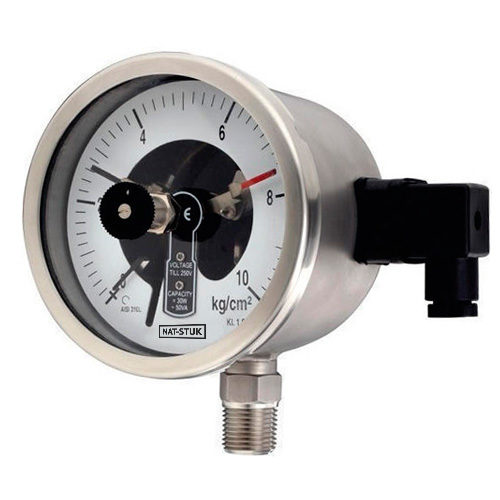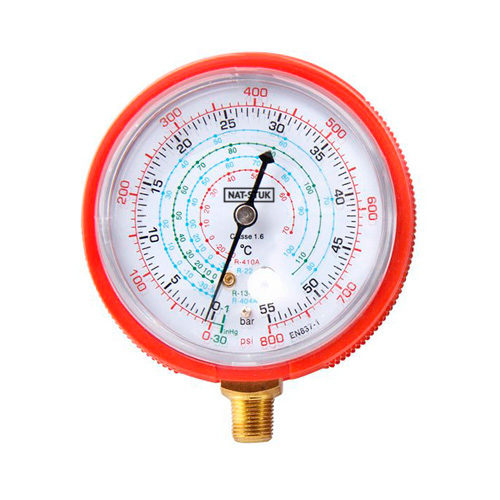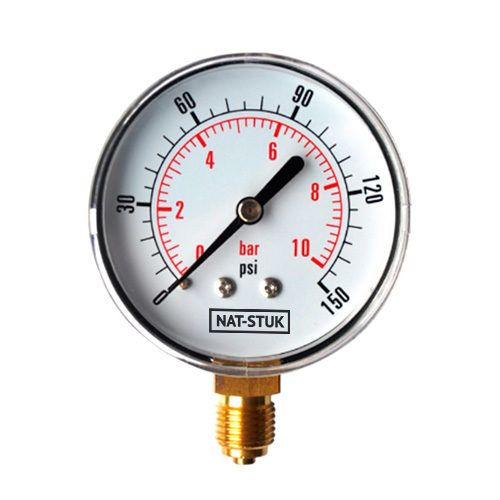Process Gauge
Process Gauge is designed to meet the demanding needs of the chemical and petroleum processing industries. The design and materials of construction provide reliable service in applications where corrosive atmospheres, corrosive media, pressure pulsation, vibration, and wide variations in ambient temperatures are present
Specifications
Dial size: 4.5″ (115mm)
Case: Turret style black Polypropylene case.
Solid front, safety case with blow-out back
Wetted parts: 316 Stainless Steel
Window: Safety glass
Pressure Range: Vac to 20,000 psi
Description
Process Gauge is designed to meet the demanding needs of the chemical and petroleum processing industries. The design and materials of construction provide reliable service in applications where corrosive atmospheres, corrosive media, pressure pulsation, vibration, and wide variations in ambient temperatures are present
Specifications
Size: 4.5″ (115 mm)
Accuracy: 1.0% of full scale (ASME B40.100 Grade 1A)
Case and ring: Turret style black Polypropylene case.
Solid front, safety case with blow-out back
Lens: Safety glass
Wetted parts: 316 Stainless Steel
Operating Temperature: Ambient: -20 to 65°C (-4°F to 149°F)
Process fluid: max 65°C (149°F)
Dial: Aluminum with black & red markings
Pointer: Black aluminum, micrometer adjustable
Connection: 1/2″ NPT or BSP bottom
Ranges: Vacuum to 20,000 psi
Protection degree: IP66
Liquid filling: Glycerin or dry fill able execution
Protection
– If pressure gauges are to be used for steam service, a siphon tube filled with water must be installed between gauge and line to prevent live steam from entering the Bourdon tube.
– A gauge cock should be installed in the pressure line. This might be the standard shut-off valve or a needle valve for throttling pressure pulses.
– If severe pulsation exists, the gauge should be protected by adding a throttling orifice
screw in the gauge socket or by addition of a pulsation damper, such as a snubber.
– A diaphragm seal should be used in applications where process media should not come in contact with gauge.
We invite you to check out our post: When should you use liquid-filled pressure gauges?
Follow us on Twitter and Instagram

